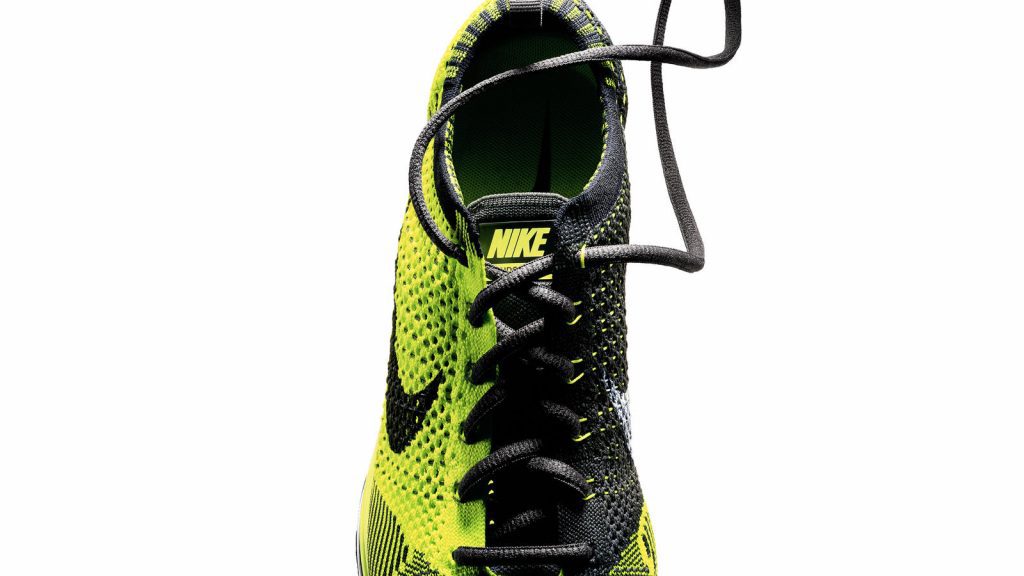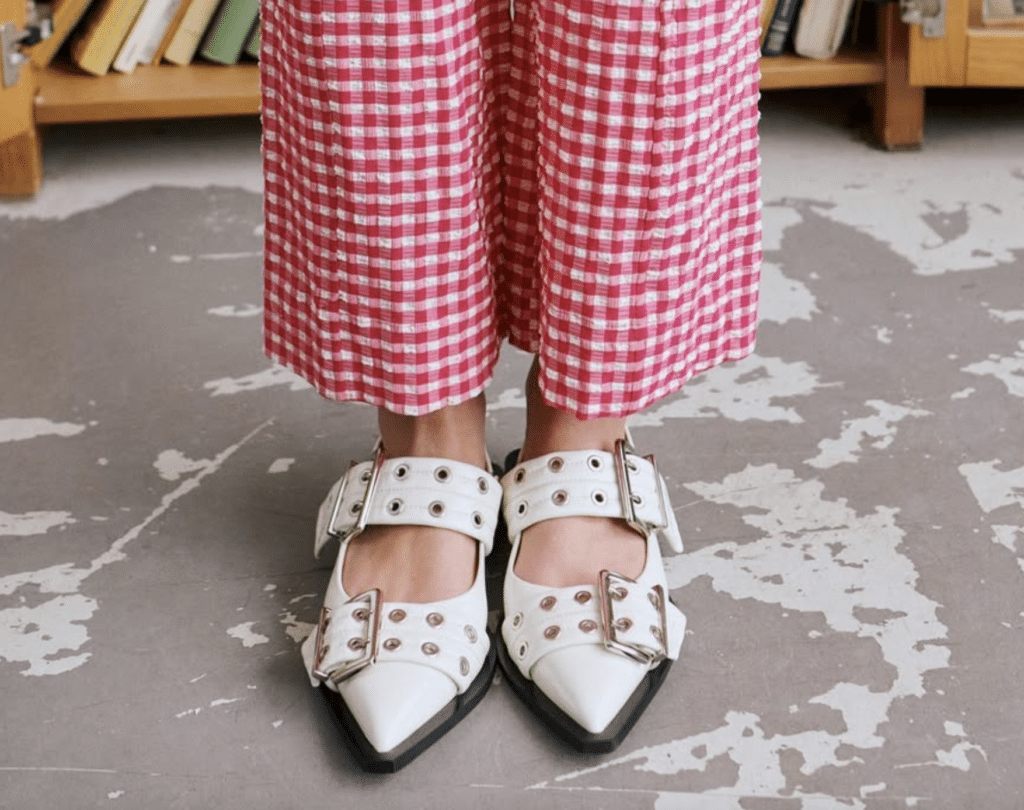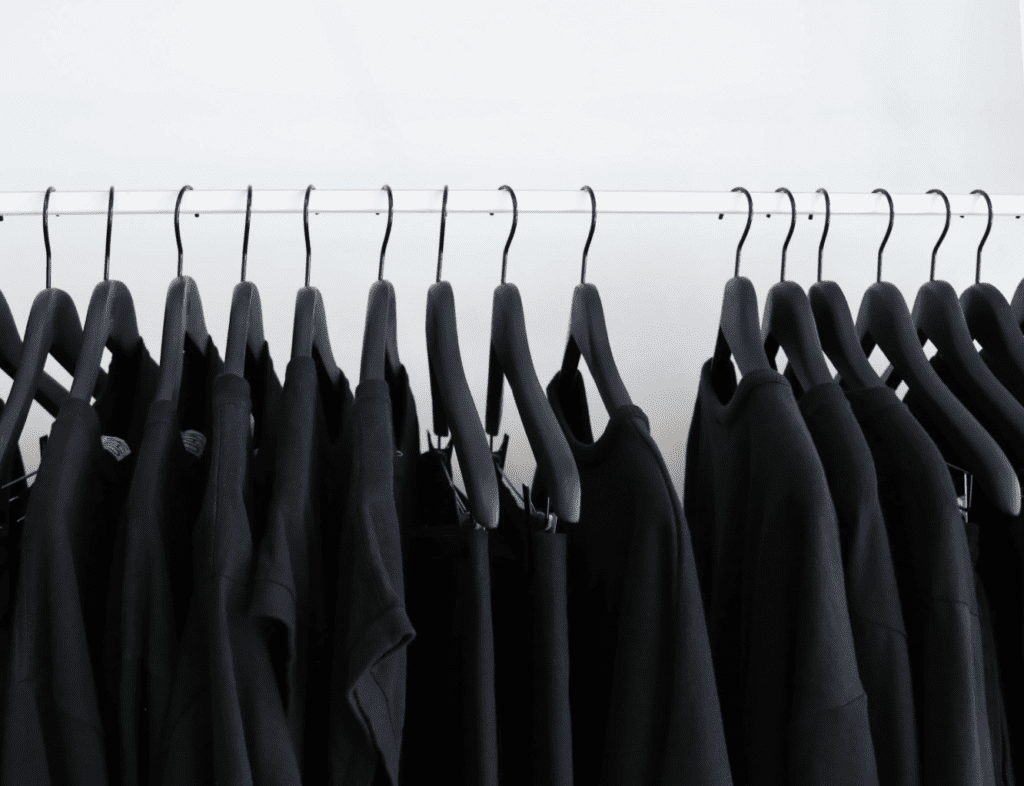In the $62.5 billion-plus global sneaker market, the competition is fierce, the costs associated with the intensive research and development that goes into designing and manufacturing footwear are high, and the revenues that can be generated from single styles can race past the $1 billion mark for standouts like Nike’s Flyknits styles or adidas’ Stan Smith and the Superstar models. This means that the stakes are high amongst the market’s key players, and the chance that litigation will play out among them is even higher.
Nike and adidas have long garnered headlines dedicated to their history of legal battles, centering on their respective knitted technologies, for instance, which spawned an international battle beginning at the very same time as the London Olympics in 2012, and while there is likely no end in sight to the fights that these two titans will wage against one another in their respective quests to outfit consumers across the globe (and boost revenues and profits in the process), another rivalry has been spilling over into the courts: Nike versus Skechers.
In the lawsuit that it filed against Skechers in a federal court in California in September, Beaverton, Oregon-headquartered Nike told the judge that the case was not the first of its kind, just as it was “not the first time Skechers has infringed its intellectual property rights.” Accusing Manhattan Beach, California-based Skechers of copying a number of its sneaker designs and thereby, infringing two of its utility patents, counsel for Nike said that the case is actually “the fourth in a series of lawsuits that Nike, and its subsidiary Converse Inc., have filed against Skechers asserting a range of intellectual property rights.”
In filing suit against Skechers this fall, Nike has escalated another relatively recently-initiated fight against its Southern California-based rival, and added yet another matter to a larger – and clearly still growing – list of proceedings that Nike has said stem from Skechers’ larger pattern of allegedly “copying its competitors’ designs and using innovative technologies developed by others to gain market share instead of innovating its own designs and technologies.”
In Skechers’s mind, Nike’s most recent lawsuit is merely the latest attempt by the $150 billion-plus sportswear giant to “stifle competition” and “bully” its rivals. That is, after all, what Skechers asserted in the open letter that it posted to social media in the fall of 2019.
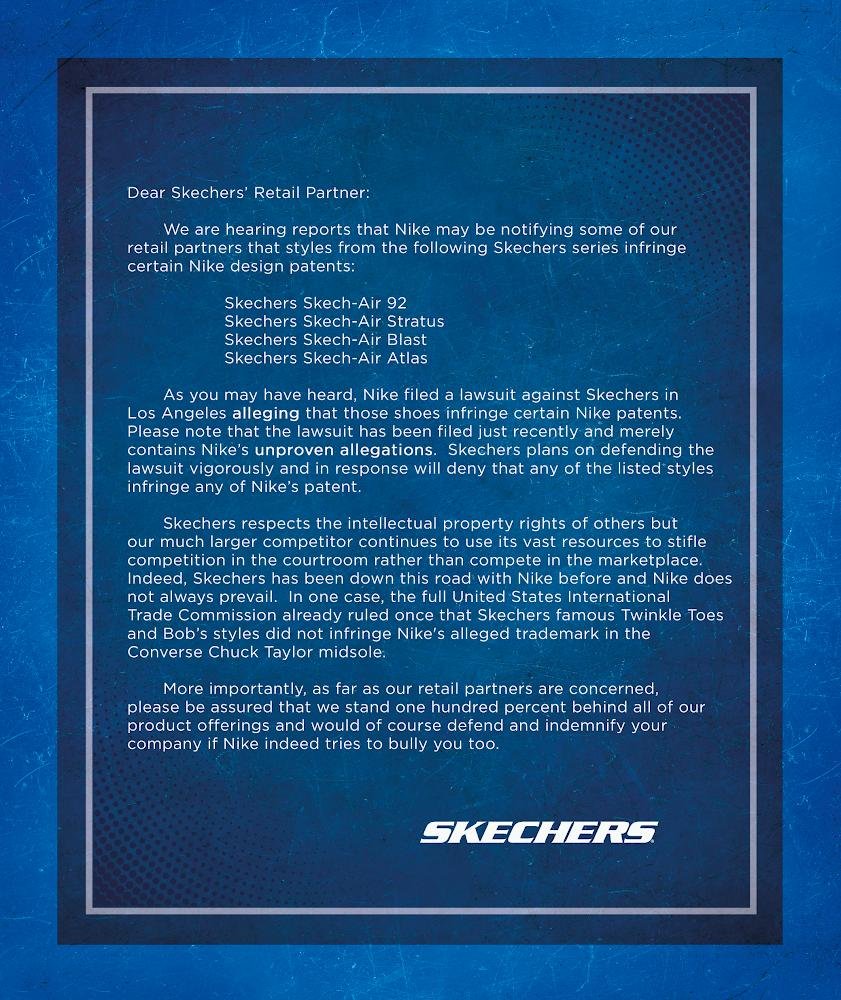
With such a budding legal battle at play, we have put together a timeline of their respective lawsuits – and other legal proceedings …
October 2014: Converse v. Skechers
Nike-owned Converse sued Skechers (and 30 or so other companies, including New Balance, Walmart and Ralph Lauren, among others, in individual cases) in federal court in Brooklyn, New York – in which it sought injunctive relief and monetary damages – and in an International Trade Commission (“ITC”) proceeding, seeking an order barring the defendants from importing the allegedly infringing footwear into the U.S. In both sets of cases, Converse alleged that the more than 2 dozen companies, including Skechers, were “mass-producing, distributing or selling sneakers that knock off the look of [its] iconic Chuck Taylor,” thereby running afoul of its trademark rights. As for Skechers, adidas claimed that the company’s Twinkle Toes and BOBS designs infringed its trademark – or more specifically, its trade dress – rights in various elements that make up the design of its famed Chuck Taylor sneakers, from its “distinctive” toe caps and toe bumpers to its striped midsoles.
While the majority of the footwear companies on the opposite end of adidas’ civil suits and the ITC proceeding have settled quietly, the matters against Skechers are still underway.
The case is Converse, Inc. v. Skechers U.S.A., Inc., 1:14-cv-05977 (E.D.N.Y.)
January 2016: Nike v. Skechers
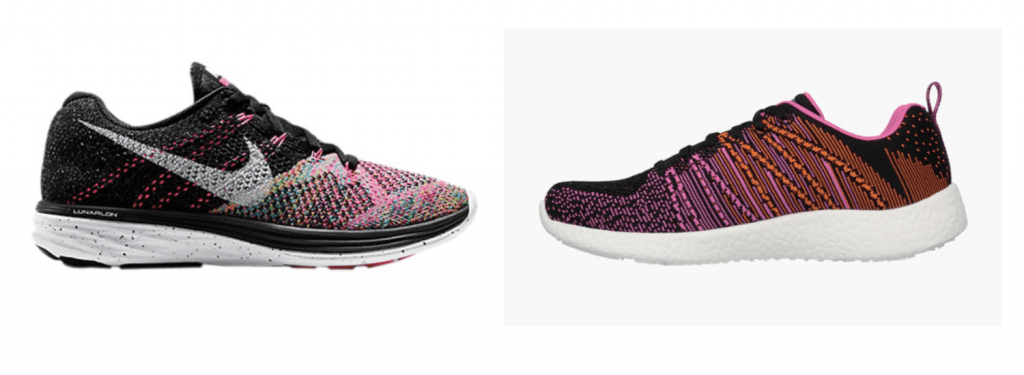
In the patent infringement suit that it filed in federal court in Portland, Oregon in early 2016, Nike asserted that a number of Skechers’s footwear – including its “Burst, Women’s Flex Appeal, Men’s Flex Advantage, Girl’s Skech Appeal, and Boy’s Flex Advantage” shoe styles – infringe at least eight of its Flyknit-specific design patents given that the “overall appearance of the designs of the Nike patents and the corresponding designs of Skechers’ infringing shoes are substantially the same.”
According to its 14-page complaint, which was supplemented with nearly 200 pages of exhibits, counsel for Nike alleged that “Skechers intended to copy the designs covered by [its] patents” and did so to the point that “an ordinary observer would will perceive” the design of the two parties’ respective shoes to be the same. To prove its point, Nike cited an article from menswear site Complex, which “describes the Skechers’ Burst shoes as having ‘ripped off’ Nike’s ‘Flyknit’ design.’”
That case, which was transferred from a federal district court in Oregon to the U.S. District Court for the Central District of California in November 2017, is still underway, with Skechers filing its answer, as well as counterclaims of its own, early this year, asking the court to declare that it did not infringe Nike’s patents, and to declare that 12 of Nike’s patents are invalid “for failing to comply with the patent law provisions” of the Patent Act.
The case is Nike, Inc. v. Skechers U.S.A., Inc., 2:17-cv-08509 (C.D. Cal.).
April and May 2016: Skechers IPRs
In the wake of Nike’s design patent infringement lawsuit, Skechers retaliated against the Beaverton-based sportswear giant by filing inter partes review (“IPR”) petitions with the U.S. Patent Trial and Appeal Board (“PTAB”) in order to invalidate the eight design patents that Nike claims Skechers infringed in the aforementioned lawsuit. The basis for these filings? The individual patents do not meet the requirements for patentability (i.e., the inventions are not novel and/or non-obviousness).
In September and November 2016, the PTAB – which has the ability to refuse to institute an IPR proceeding if it finds that the challenger’s request lacks substantive merit – denied each of Skechers petitions, including one that pointed to Italian fashion brand Missoni’s zig-zag print designs, which date back to the 1950s, as existing long before Nike created its Flyknit designs and filed its corresponding patent applications, making it so that Nike’s knit-centric creations are not all that novel. (Novelty is a critical requirement for patent protection).
January 2017: Skechers IPRs
Skechers filed several additional IPR petitions, including ones challenging Nike’s design patent-protected knitted “shoe uppers.” This time around, while the PTAB again refused the majority of Skechers’ petitions, it agreed to consider two of them, both of focused on the validity of Nike’s design patents for sneaker soles (D723,781 and D723,783). Skechers claimed that the two “shoe sole” patents were invalid because they were “obvious” as a result of Nike’s own prior filings, including a European Community Design registration and two previously-filed utility patent applications. In June 2018, a 3-judge panel for the PTAB rejected Skechers invalidity challenges and upheld the validity of Nike’s patents.
September 2019: Nike v. Skechers
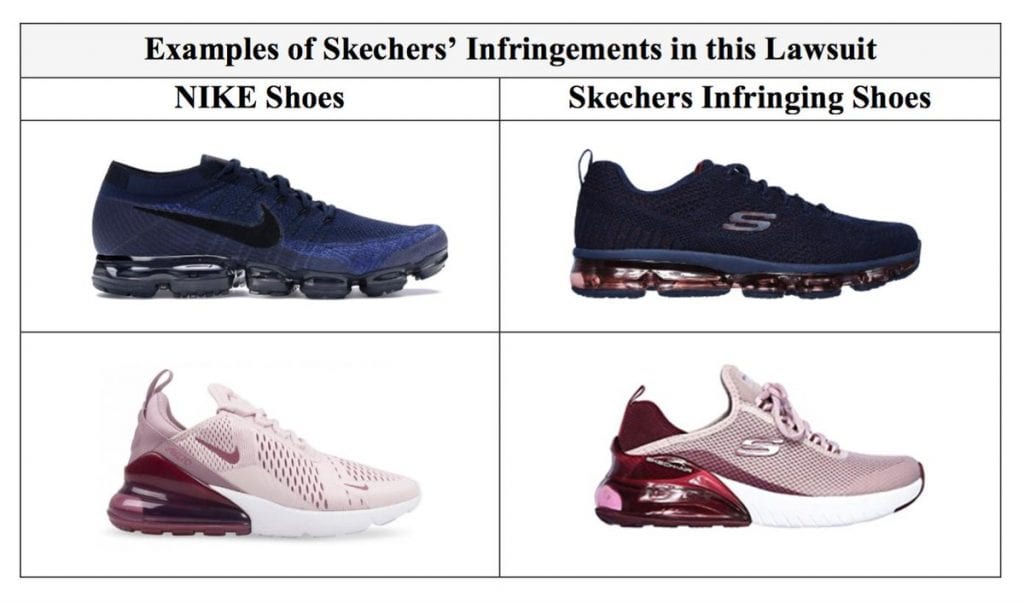
In a design patent infringement complaint filed in the fall, Nike upped the ante on the parties’ existing fight, and called foul on Skechers’ continued practice of allegedly manufacturing “Skecherized versions” of Nike sneakers, including blatant replicas of its VaporMax and Air Max 270 designs, paying specific attention to its rival’s alleged hijacking of its Air Sole technology, which Nike says that it spent decades creating.
According to its 37-page complaint, which was filed on September 30 in the U.S. District Court for the Central District of California, Nike alleges that in selling its Skech-Air Atlas, Skech-Air 92, Skech-Air Stratus, and the Skech-Air Blast models, among others, Skechers has “made, used, offered for sale, sold, and/or imported into the U.S.” shoes that have “the same overall appearance [as those protected by its] VaporMax patents,” and that infringe the some of the patents it holds for its Air Max 270 designs.
Skechers’ allegedly infringing sneakers “are substantially the same” as Nike’s patent-protected sneakers, the footwear titan asserts, so much so that “an ordinary observer will perceive the overall appearance of … the VaporMax [and the Air Max 270] shoes and the corresponding designs of the [Skechers] shoes” to be virtually the same.
In its January 7, 2020 response to Nike’s suit, Skechers denies that it has infringed Nike’s patents and asserts that even if it did, Nike’s patents are invalid, and thus, unenforceable. In counterclaims of its own, Skechers is seeking a formal judgment from the court declaring that the patents that Nike cites in its complaint are invalid and that it has not infringed the patents at issue.
The case is Nike, Inc. v. Skechers U.S.A., Inc., 2:19-cv-08418 (C.D.Cal.)
October 2019: Nike v. Skechers
In a separate patent lawsuit that it filed against Skechers just weeks later, Nike claims that Skechers is also on the hook for infringing two of its utility patents. According to Nike, Skechers’ Skech-Air Jumpin’ Dots and Skech-Air Mega shoes infringe claims contained in two of its utility patents – one that protects “an article of footwear” with an emphasis on the cushioning cavity that exists in the midsole of the shoe (Patent No. 10,098,412), and another that covers the “sole component [of a sneaker] and a method of manufacturing the sole component” (Patent No. 7,401,420).
“Without Nike’s authorization, Skechers has made, used, offered for sale, sold, and/or imported into the U.S.” shoes that infringe a number of claims protected by the 412 and 420 patents, according to Nike, as they include the same “sole structure incorporating a fluid-filled bladder and a reinforcing structure secured to the bladder,” “a cavity disposed between the upper and the outsole,” and a “plurality of protrusions [that] progressively decrease in height from the first protrusion to the forward-most edge of the article of footwear,” among other things.
The case is Nike, Inc. v. Skechers U.S.A., Inc., 2:19-cv-09230 (C.D.Cal.)
UPDATED (Nov. 30, 2021): On the heels of mediation, Nike and Skechers jointly to dismiss three cases (2:19-cv-09230, 2:17-cv-08509, and 2:17-cv-08509).
*This article was initially published in January 24, 2020.




